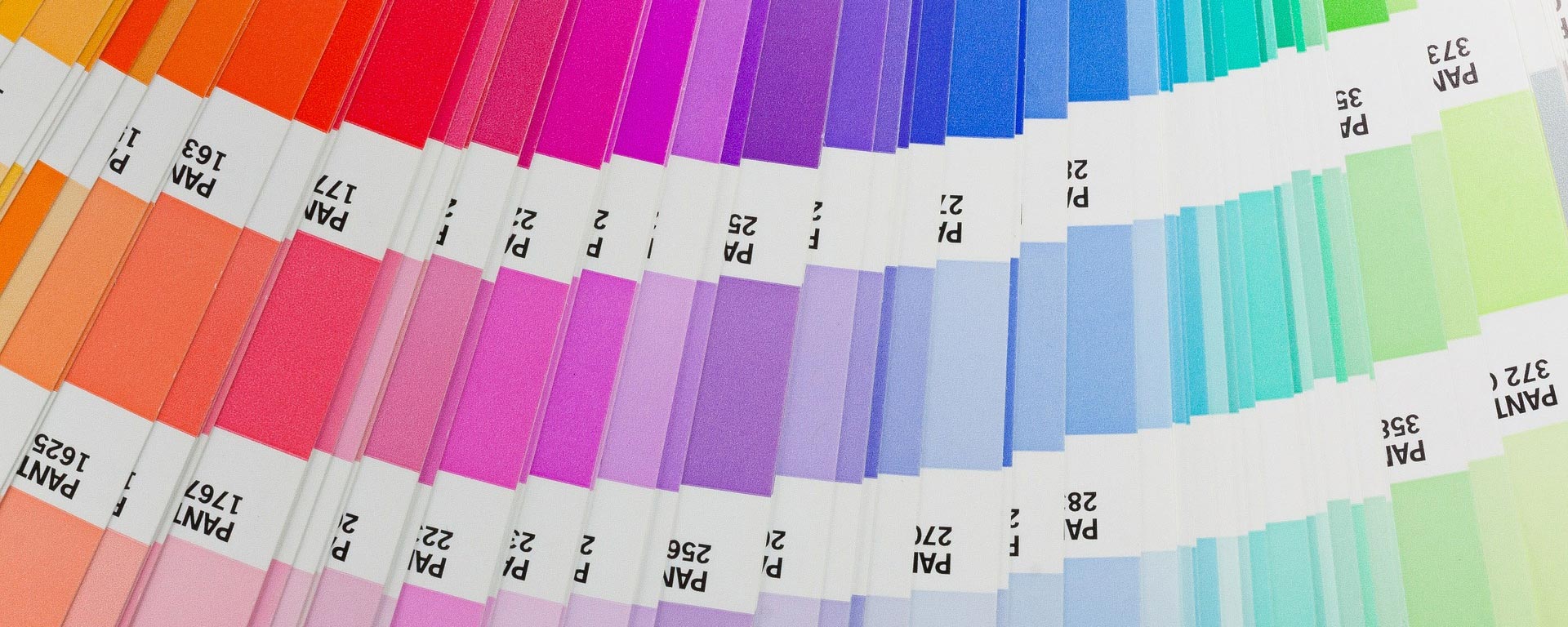Printed marketing is important for the business, regardless if you own a start-up and you are using this method to make your name known on the market, or if you own a well-established business and you want to keep the image up to the standard. Booklets, brochures, flyers, catalogues, leaflets or calendars – if done properly, all these informative materials can increase your good reputation by a minimum of 50%. A BPMA Research poll shows that a printed marketing campaign is more profitable than radio advertising or outdoor panels.
But how do you stand out from the crowd? What are the details that make the difference? Find below 7 smart and ingenious ideas for printed marketing that will help you build a strong image!
1. Play with the shapes
Most printed materials have a standard size and shape, but you can break the rules and come up with something new. A different shape, related to your business, will make a point and will increase the brand awareness. A three-dimensional cut of the respective shape will have an even greater impact. Don’t stick to the standard center binding for brochures or booklets. Instead, add an interesting touch by choosing to create an origami or an accordion shape.
2. Make it dynamic
There are many ways of making your printed materials more dynamic. For example, you can work on a dynamic layout by playing with the text alignment. In most of the leaflets and brochures, the text is written in straight lines. Make yours stand out by adding special effects, like diagonal text lines. You can also create a certain shape, a letter or a number by just using words.
If the budget is not a problem and you don’t mind investing a little extra for your printed marketing campaign, you can make the materials more dynamic by adding pop-ups. Let’s assume you’re selling a product. You can add a pop-up in the center of a booklet – your product coming up in a 2D or 3D shape.
3. Add incentives in a creative way
Everyone loves free stuff and if you’re planning to add a little something when you hand brochures or booklets, you might as well do it in a creative manner. Most of the informative materials come with a DVD containing an e-book, a memory stick or any other gift added in a sleeve on the front or back cover. Make it different by using the pop-up technique mentioned before. Use a simple geometrical 3D shape that pops up from inside your brochure or booklet, revealing a gift inserted inside the shape.
4. Add a visual element
Visuals help people remember things easier. And this is exactly what you want, to add an element that will be recalled. Assuming you are designing a 30+ pages booklet, you can color the edges of the pages and create a rainbow. It is a cheap and ingenious method to add something different to your material: once the pages are rapidly flipped, a rainbow will come up from inside the booklet.
5. Memes and emojis – the universal language
Do you speak emoji? Nowadays, in the Internet era, memes and emojis are a kind of language understood by everyone and you can use this to your advantage. Adding funny memes or emojis on your printed materials will help you deliver the message to different segments.
6. Add functionality
Calendars are something you can use for your printed marketing campaign and the functionality is obvious. But what about other type of printed materials? It’s no secret that most of the flyers end up in the trash bin after being read, but getting people to keep it can be achieved if you create flyers that double as postcards, post-it notes or even door hangers with a catchy or funny message.
7. Make it easy to navigate
Your informative materials can be very practical if you add tabs – a simple, yet ingenious detail. Side tabs in different colors will make it easier for the people to use a booklet or catalogue and this will send an important message to your potential clients: if you created a practical design for the booklet, chances are you are efficient in doing your job also.
Follow up
These 7 ideas are ingenious and helpful, but if you want to make the most of your printed marketing you should find a way to check the productivity of the campaign. Ask for feedback and use the collected data to improve your next move or to track the sales generated by this marketing tool. This can be easily done by just asking customers how they found out about your business or by using a dedicated phone number, specific links and discount codes available only on the printed materials.

